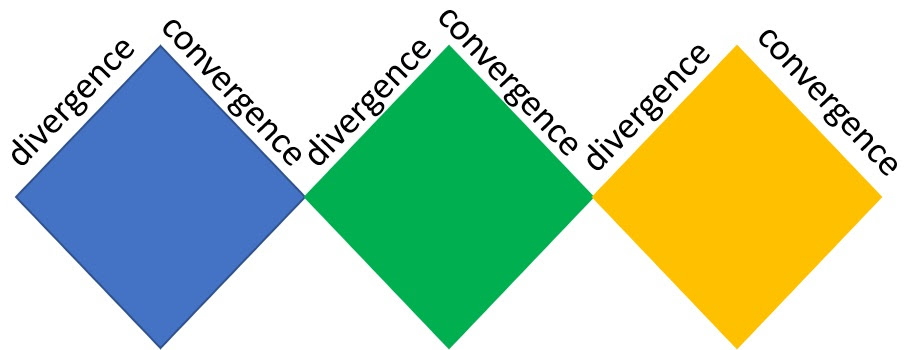Managing Time - Effectiveness & Efficiency
(Execution Excellence -"Ability to get things done" Series)
Under the topic, "how we organize time for ourselves, we discussed the rationale behind "being on time" or "being punctual".The other aspects of "managing time for ourselves" are prioritizing the task and execution.
Most of us experienced that despite being busy with many activities throughout the day, we do not feel a sense of satisfaction. Time Management conflict on active and impact!
Time management is not how we engage in some activities and are busy.
Time management is purely inward motivation than externally monitoring time or counting activities. It is all about being effective and efficient.
Efficiency is how we do things right, and effectiveness is all about how we choose the right things to do.
Efficiency is related to skill, and effectiveness is related to awareness and mindset to choose the right activities.
If we want to excel in time management, in my opinion, we need to be more concerned about EFFECTIVENESS, i.e., awareness and mindset to choose the RIGHT activities.
Once we get into EFFECTIVE ACTIVITIES, efficiency is a matter of skill development.
If we choose the wrong task and whatever we do with high efficiency, it is not going to deliver desirable results and impact. There is no sense of satisfaction.
For example, choosing the right path to travel is EFFECTIVENESS. How we travel in the path quickly by walking fast or running or using the vehicle is all about EFFICIENCY. If we choose the wrong path and wildly run fast, we end up with the wrong destination.
Hence, the purpose or result gives satisfaction.
In a professional environment, choosing the right task is very important than doing the task faster.
How will you choose the right task?
It is defined by your role and the delivery expected from you from your organization. That is a priority.
You are effective when you know your priority as defined for your role or what you're expected to do and engage in that activity.
You become efficient when you execute the priority with speed by upskilling, delegating, and using the tools and techniques.
You need to feel good for having completed priority tasks with efficiency. It is all about time management. It is purely inward motivation and fulfillment.
First, we need to ask ourselves whether we are aware of our priorities; if so, are we doing it with efficiency?








